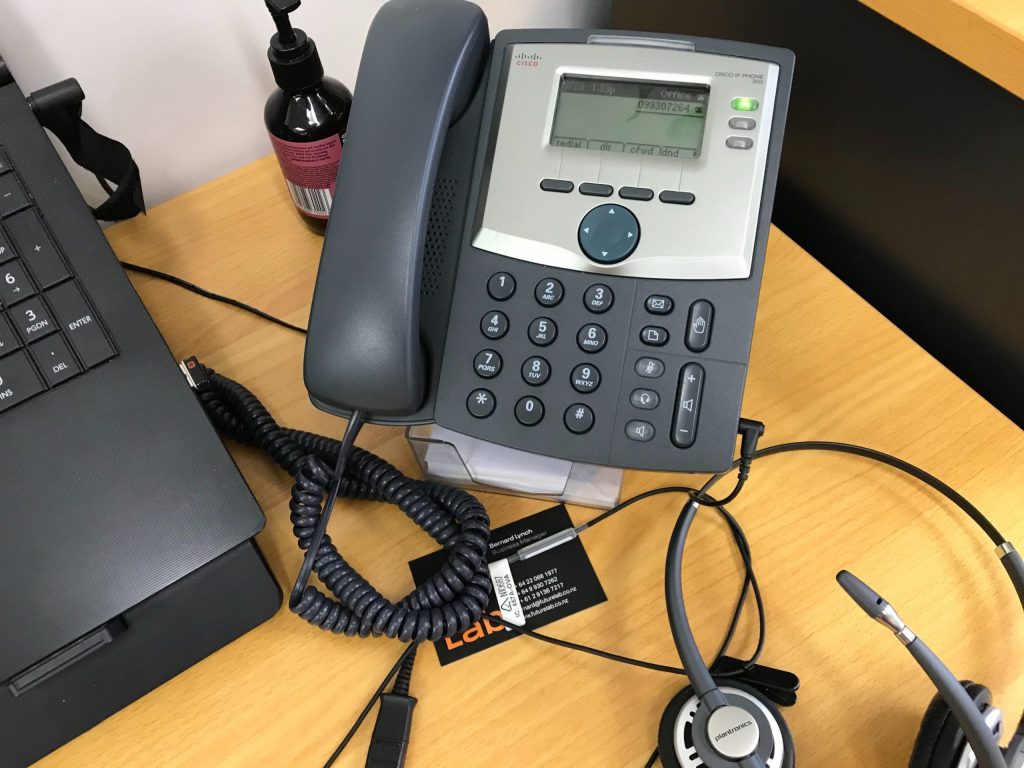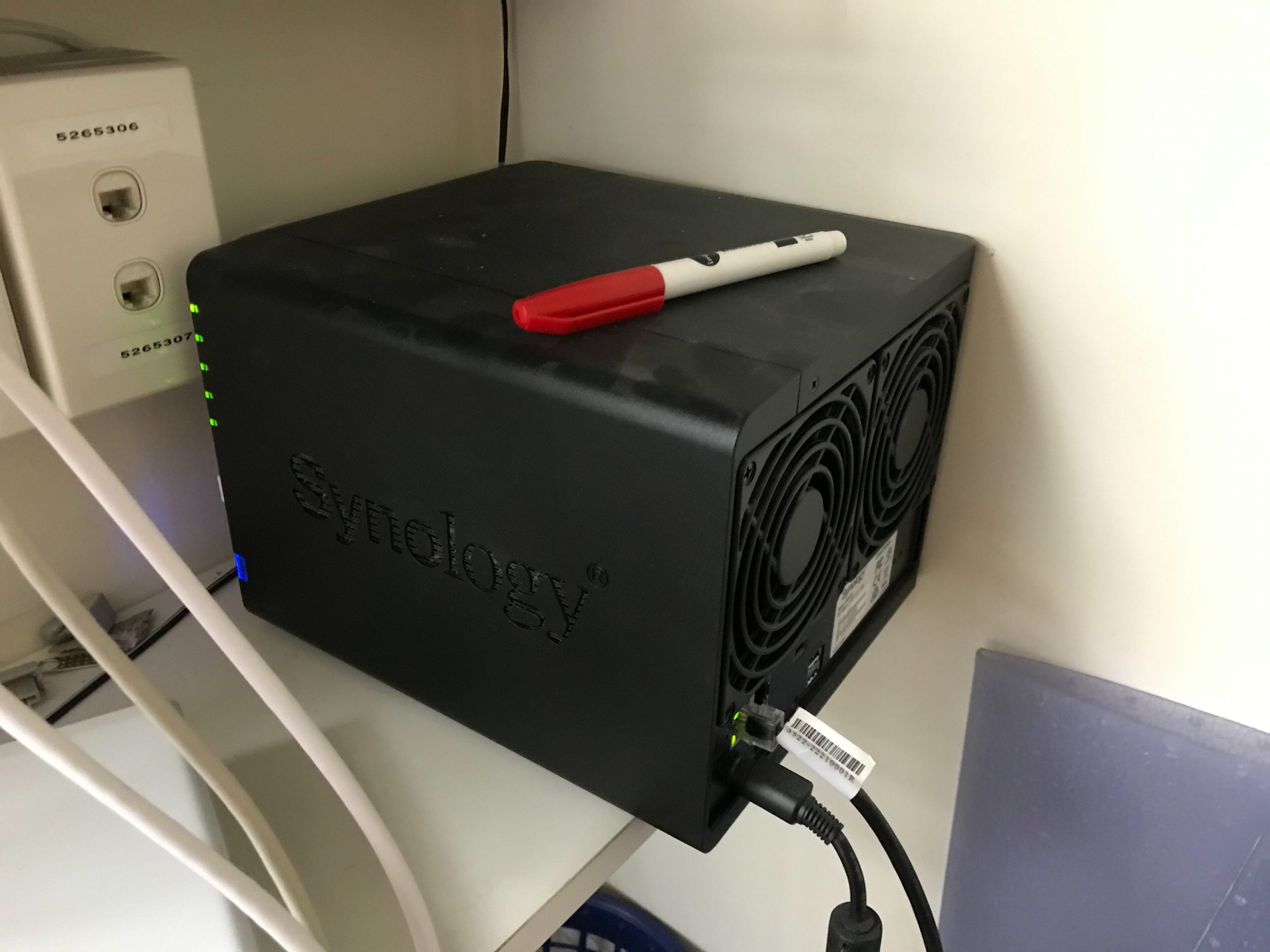I realise that in these tough times every business will try to save money as much as possible. However, if you can work from home and you’re a relatively small business, with some small expenses you can setup remote office for a small team with little help.
Use this guide to estimate the cost you’d need to setup your team remotely and even suggest it to your IT provider. It might save you some money.
Start with obvious – laptops
unfortunately, there’s no easy way around it. If your team uses desktops then the cost automatically grows. You can set up Remote Desktop Connection but that requires a significant setup from your IT support and they are naturally busy right now.
If you have laptops instead, your employees will take them home including chargers, monitors, mouse and everything else they need and it’s pretty much plug and play. Sometimes we get too comfy in our offices so make sure you instruct your staff on how to connect to their home WiFi on your work laptop.
Phones
A lot of businesses need only a computer and a phone to work properly. The solution here is something called IP Phone. At FutureLab we use 2Talk and as much as there are pros and cons, it is one of many VOIP (Voice Over IP) providers in New Zealand and you can pick your favourite one. Just to clarify here, you need 2 things – VOIP plan with your telco and IP phone, a special device that calls over the internet.
IP Phone once set up correctly should be plug and play. Your staff will have to connect the phone to their home router via cable (sometimes WiFi if the phones are fancier) and they should be able to call and receive calls straight away. That’s not all. With IP phones you don’t really need phones. This is obviously everyone’s choice and I personally like having a phone in my hand, but the VOIP system allows you to call and receive calls from your computer. All you need is a set of headphones.

VPN
I’m sure you’ve heard it around many times. VPN is nothing else than a connection to your office. Once connected, the computer will use your office network. It will feel like you’re in your office, including connection to all of the devices (yes you can remotely print something at the office too, although why would you?)
VPN is a little bit more complex to set up, however, it doesn’t have to be scary. All you need is a device that acts as a VPN server at your office and have all employees using their own individual logins and password. They will need to install a small software called VPN client and they’re ready to go. There are many devices offering VPN but this is a tutorial on how we do it so here it is.

We use Sophos device that is a very small box (see a comparison to a pen) that acts as a company Firewall and our VPN. For this particular device, you will need IT professional to set it up properly, however, once set up it’s super easy to manage.
Shared files
This is often essential for any business. Sharing and saving files it’s very important for businesses any size. There is a lot of online tools and depending on your needs they are very useful (Dropbox, Google Drive). However, if you’re in a situation like us and need a lot of space, we use a local disc station called Synology. Synology is a disc station that is so easy to set up that I dare to say almost anyone can do it. It also has VPN capabilities but we’ve found it not sufficient for our needs.
Synology station, depending on the model, can hold multiple hard drives. Our one has a capacity of 4 drives and we have 4TB of space, however, we are allowed to upload only 2TB. That is because Synology is replicating every single file on two hard drives for resilience. If one hard drive dies, the other one immediately takes over and you won’t see a difference.

Once set up on your employee’s laptops, Synology acts as a network folder. The same way as you click on any folder on your computer, you can click on Synology folder and use the files the way you’d use it anywhere else. And most importantly – everyone connected will be able to share the files between them. Imagine it as a shared folder on everyone’s computer.
Synology has tons of other functionality but the only one I’d add here is file and folder permission. You are able to show/hide folders based on users and groups which is very useful as you can imagine.
That’s it. That’s a basic FutureLab’s setup to work remotely. Make it yours if you need to. I’d like to add that we don’t specialise in setups like that – if you need a similar setup, I’m happy to share contacts with our IT support team. You’ll probably wonder how much it all costs. The thing is that it is a one-time setup. Once it’s done it’s done. So here are my estimates (mind you some of the devices have been purchased a while ago)
- Laptop – you can buy a single laptop for between $1k-$2k
- IP Phone – our phones cost about $300 + $100 headset. Pricing for calling is similar for most of the providers
- Sophos Firewall (VPN) – the device itself costs about $600. You will need IT support to set it up, this depending on complexity can cost you between $500-$1000
- Synology station – the device itself costs about $1.1k but doesn’t come with hard drives. 2TB HDD these days costs about $200 so in total it’s about $2k. In some cases, you’ll need IT support for a couple of hours to set it up so another roughly $500
That’s it. If you have any questions, message me on Linkedin. Again, we do not specialise in setting it up but considering that a lot of businesses would need a similar setup right now, I hope this small tutorial will help you keep the cost down.